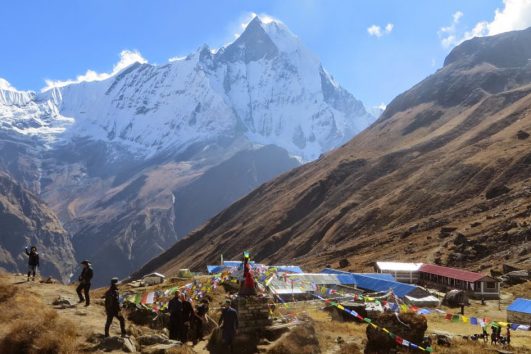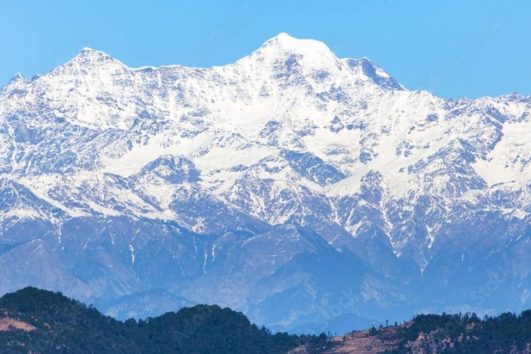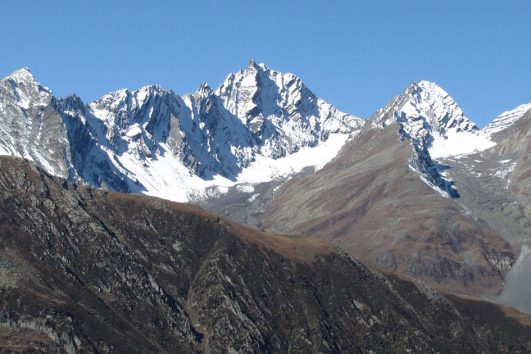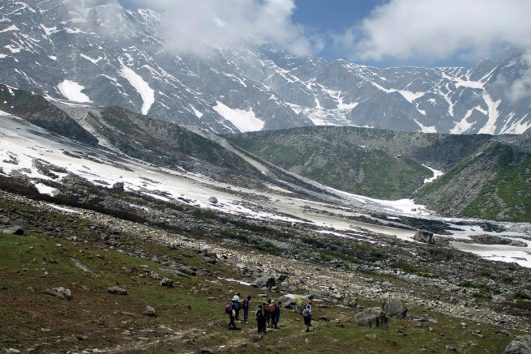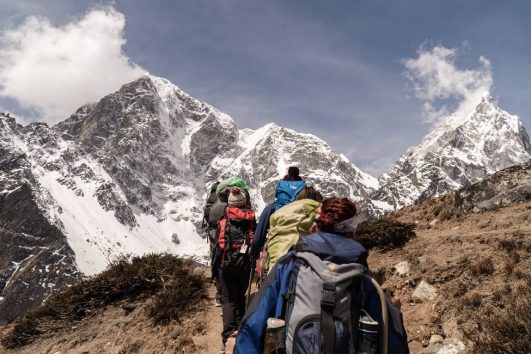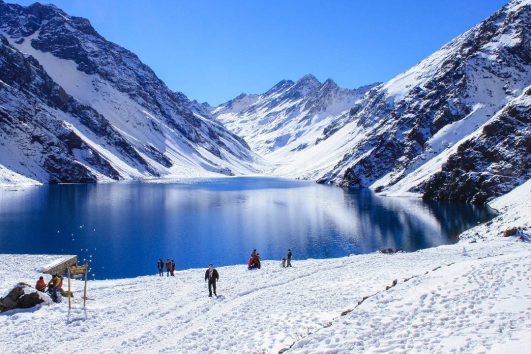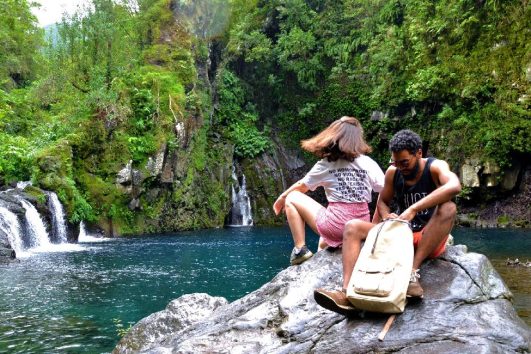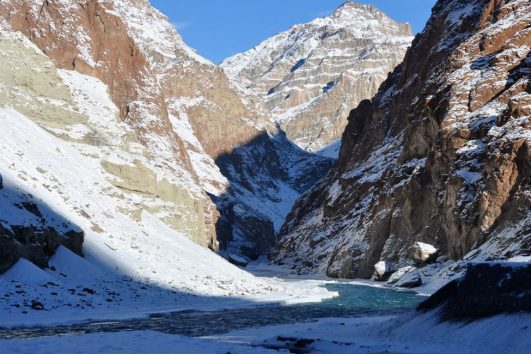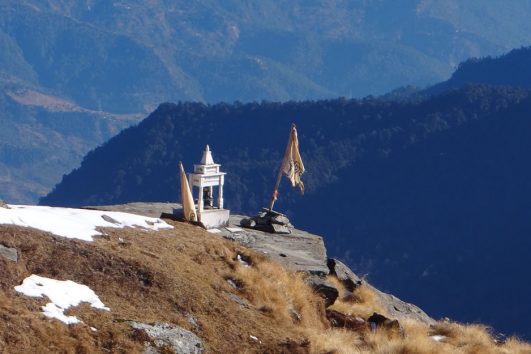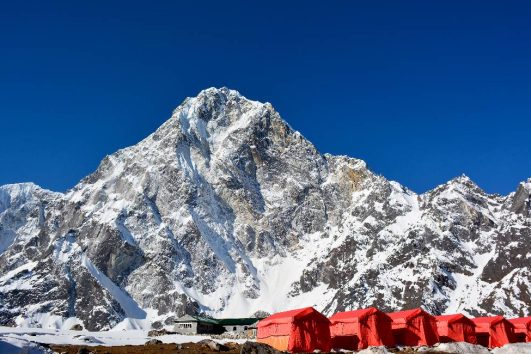Exploring Himalayan Treks
The Himalayas, often referred to as the “Roof of the World,” stretch majestically across five countries—India, Nepal, Bhutan, Tibet (China), and Pakistan. These towering peaks, home to some of the world’s highest mountains, have long been a magnet for adventure seekers and nature enthusiasts. Himalayan treks offer an unparalleled opportunity to experience the grandeur of this awe-inspiring mountain range. In this article, we will delve into the enchanting world of Himalayan treks, uncovering the significance, appeal, and the adventure that awaits those who dare to explore them.
The Significance of Himalayan Treks
The Himalayas are more than just a collection of lofty peaks; they hold immense cultural, ecological, and geographical significance.
- Cultural Significance: The Himalayas are not just a natural wonder but also a sacred realm in many cultures. Pilgrims and trekkers alike journey to these mountains to seek spiritual enlightenment and connect with ancient traditions.
- Ecological Significance: The Himalayan region is a biodiversity hotspot, with diverse flora and fauna. Trekkers have the opportunity to witness unique ecosystems, including rhododendron forests, alpine meadows, and high-altitude deserts.
- Geographical Significance: These mountains form a natural barrier between the Indian subcontinent and the Tibetan Plateau. Their vast expanse has shaped the climate, culture, and geopolitics of the entire region.
The Allure of Himalayan Treks
What draws adventurers from around the globe to the Himalayas? Here are some of the key factors that make these treks irresistible:
- Spectacular Scenery: The Himalayas offer some of the most breathtaking landscapes on the planet, from snow-capped peaks to lush valleys, pristine lakes, and cascading waterfalls.
- Diverse Routes: Whether you’re a novice trekker or an experienced mountaineer, the Himalayas offer routes of varying difficulty levels. You can choose from gentle hikes through picturesque villages or challenging ascents to high-altitude base camps.
- Cultural Encounters: The Himalayan region is a melting pot of cultures and ethnicities. During your trek, you’ll have the chance to interact with local communities, experience their hospitality, and witness traditional festivals and rituals.
- Wildlife Encounters: The region is home to rare and endangered wildlife species such as snow leopards, red pandas, and Himalayan tahr. Spotting these elusive creatures adds an element of excitement to your trek.
Planning Your Himalayan Trek
Before setting off on a Himalayan adventure, careful planning is essential.
- Choosing the Right Trek: Research various trekking routes, considering factors like difficulty, duration, and season. Popular choices include the Everest Base Camp Trek, Annapurna Circuit, and Bhutan’s Druk Path Trek.
- Permits and Regulations: Ensure you obtain the necessary permits and adhere to local regulations. Treks often pass through national parks and protected areas, so respecting the environment and wildlife is crucial.
- Physical Fitness and Health: Trekking in the Himalayas demands a good level of physical fitness. Consult with a healthcare professional, undergo a medical check-up, and prepare your body for the rigors of high-altitude trekking.
- The Adventure Begins: On the Trail As you set foot on the trail, the real adventure begins. Here are some highlights of what you can expect:
- Accommodation and Camping: Depending on your route, you can stay in teahouse lodges, guesthouses, or camp in the wilderness. Each option offers its own unique experience.
- Trekking Itinerary: A well-planned itinerary is essential. It will outline your day-to-day trekking schedule, highlight attractions and viewpoints, estimate daily distances, and include rest days for acclimatization.
- Safety and Emergency Preparedness: Trekking in high-altitude areas presents certain risks, including altitude sickness and unpredictable weather. Be prepared to recognize and deal with emergencies, have emergency contacts on hand, and know the evacuation procedures
- Responsible Trekking: Preserving the Himalayas Trekking in the Himalayas is not just about personal achievement, it’s also about responsible stewardship of this fragile environment.
- Leave No Trace Principles: Follow Leave No Trace guidelines to minimize your environmental impact. Pack out all trash, stay on marked trails, and avoid disturbing wildlife.
- Support Local Communities: Whenever possible, hire local guides and porters, purchase locally made products, and respect local customs. Your contributions can have a positive impact on remote communities.
- Cultural Sensitivity: Learn about the local customs and traditions, dress modestly, and ask for permission before taking photographs of people. Engage thoughtfully with the local culture to foster understanding and respect.
Post-Trek Reflection and Sharing
After completing your Himalayan trek, take time to reflect on your experiences and share them responsibly.
- Documenting Your Experience: Document your journey through photographs, journaling, or blogging. This not only helps you relive the adventure but also allows you to share your story with others.
- Tips for Post-Trek Recovery: Give your body the time it needs to recover after a challenging trek. Reflect on the lessons learned and the personal growth achieved during your journey.
- Responsible Storytelling: If you choose to share your trekking stories, do so responsibly. Inspire others to trek responsibly and preserve the environment by highlighting the beauty of the Himalayas and the importance of protecting them for future generations.
Showing 1–16 of 47 results
